7M2 Science
Section outline
-

Kia Ora ākonga!
Welcome to your Pūtaiao (science) course page for 2023. My name is Ms. Katafono and I will be your Science kaiako (teacher) this year. This page is where you will find all the information you will require for your Science course. All tasks and assessments will be placed here as well as additional lesson notes and resources. Please make it a habit to check this page at the start of each week to ensure you are up to date. This term we will be focusing on the context: Whakawhanaungatanga and we will be looking at how different species work together to have good relationships and co-exist. We will be collaborating with Maths.
Your kaiako here in the Maunga (Mountains) whānau hope that your year at MHJC will be full of fun and challenging activities that will see you grow as a learner. Enjoy this year and if there are any queries do come see me or feel free to email me - mkatafono@mhjc.school.nz -
EXPLORE / TŪHURA learning intentions:
- We are EXPLORING our context of whakawhanaungatanga by learning to work safely and responsibly in the lab with our group members
- We are EXPLORING our context of whakawhanaungatanga by understanding our roles within our group when conducting an experiment
I am an active learner as I know what I need to learn, where I am with that learning and what my next learning steps are:
- Emerging:
- I know what I am learning and why
- I can use evidence to identify where I am with my learning
- I can use evidence to identify my next learning steps
- Growing:
- I can describe what I am learning and why, using our shared language for learning; GREAT Ako
- I can use evidence to describe where I am with my learning
- I can use evidence to plan and take my next learning steps
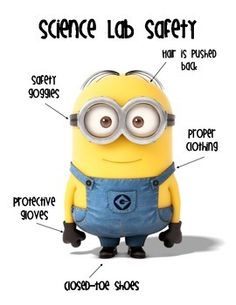
kia ora ākonga,
Plan for the next 2 weeks is as follows:
Monday: TOD
Wednesday/ Thursday: Scientific summer writing
Week 3:
Monday: Title page, context brainstorming, Flip grid lab safety video tour on PPE and Hazards in our lab
Wednesday: How to write your observations like a scientist ( notes and video)
Thursday: Colour challenge experiment
-
PLAN & DO / WHAKAMAHI learning intentions:
- We are PLANNING to construct different adaptations so that we can survive in different habitats
- We are PLANNING to get data from our experiment so we can practise creating accurate scientific graphs
W4:
Paearu Angitu / Success Criteria: I can/have...
- Identify if something is alive or not by using MRSGREN
- I can describe what MRSGREN stands for
Hei Mahi / Activities:
- MRSGREN experiment - is it alive?
W5:
Paearu Angitu / Success Criteria: I can/have...
Understand what the word adaptation means
Know the difference between structural adaptations and give some examples of these.
Activities:
- Bird beak adaptation experiment
- Bar graph skills
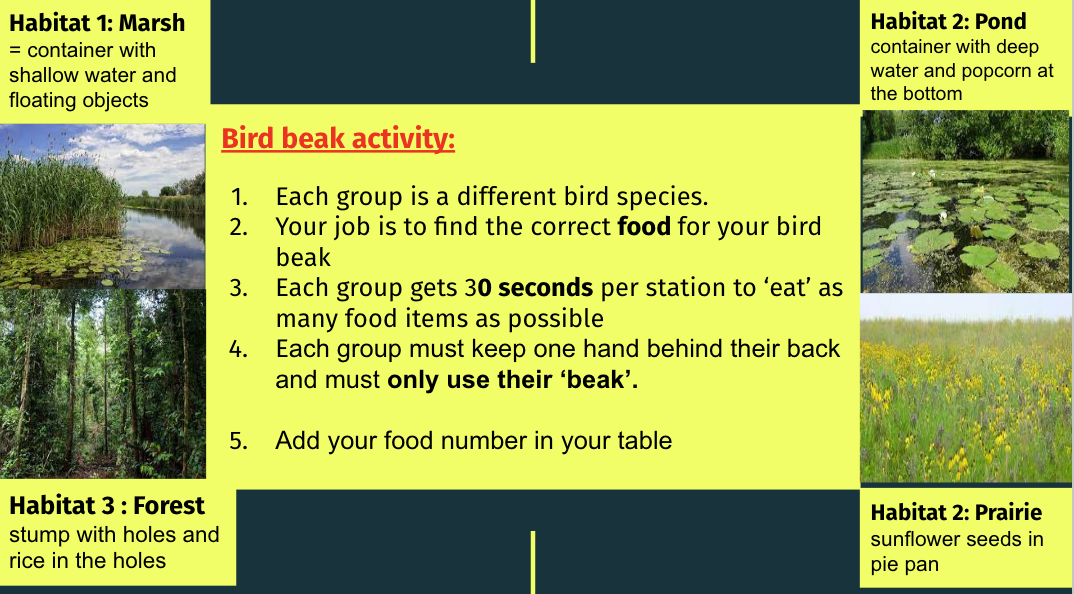
-
Enter text here...
EXPLORE / TŪHURA learning intentions:
- We are EXPLORING... ecosystems by observing, measuring and analysing data from our local environment to understand how plants + animals interact with each other
- We are EXPLORING... adaptations of plants + animals by exploring and modelling their features / behaviours to discover how they are suited to their particular habitat
Enter text here...
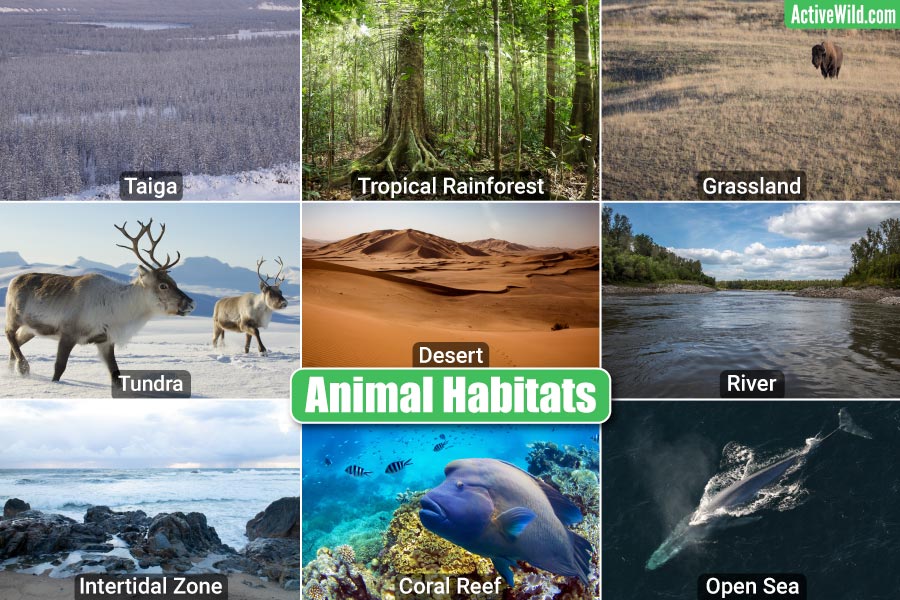
Kia ora...
Paearu Angitu / Success Criteria: I can/have...
-You will be able to discuss some ways in which animals and plants are adapted to live in cold, dry climates
-Describe habitats and how they are suited to specific organisms and their adaptations.
-Understand what abiotic and biotic factors are
Hei Mahi / Activities:
- Cold climates activity and scientific literacy on googleclassroom
- Ngāhere forest visit to make observations on abiotic and biotic factors and use a scientific method to note these.
-
Enter text here...
PLAN & DO / WHAKAMAHI learning intentions:
- We are PLANNING to construct different adaptations so that we can survive in different habitats
- We are PLANNING to get data from our experiment so we can practise creating accurate scientific graphs
- We are PLANNING to design different food chains linked to different habitats so we can demonstrate our understanding of the relationships that exist within an ecosystem
Enter text here...
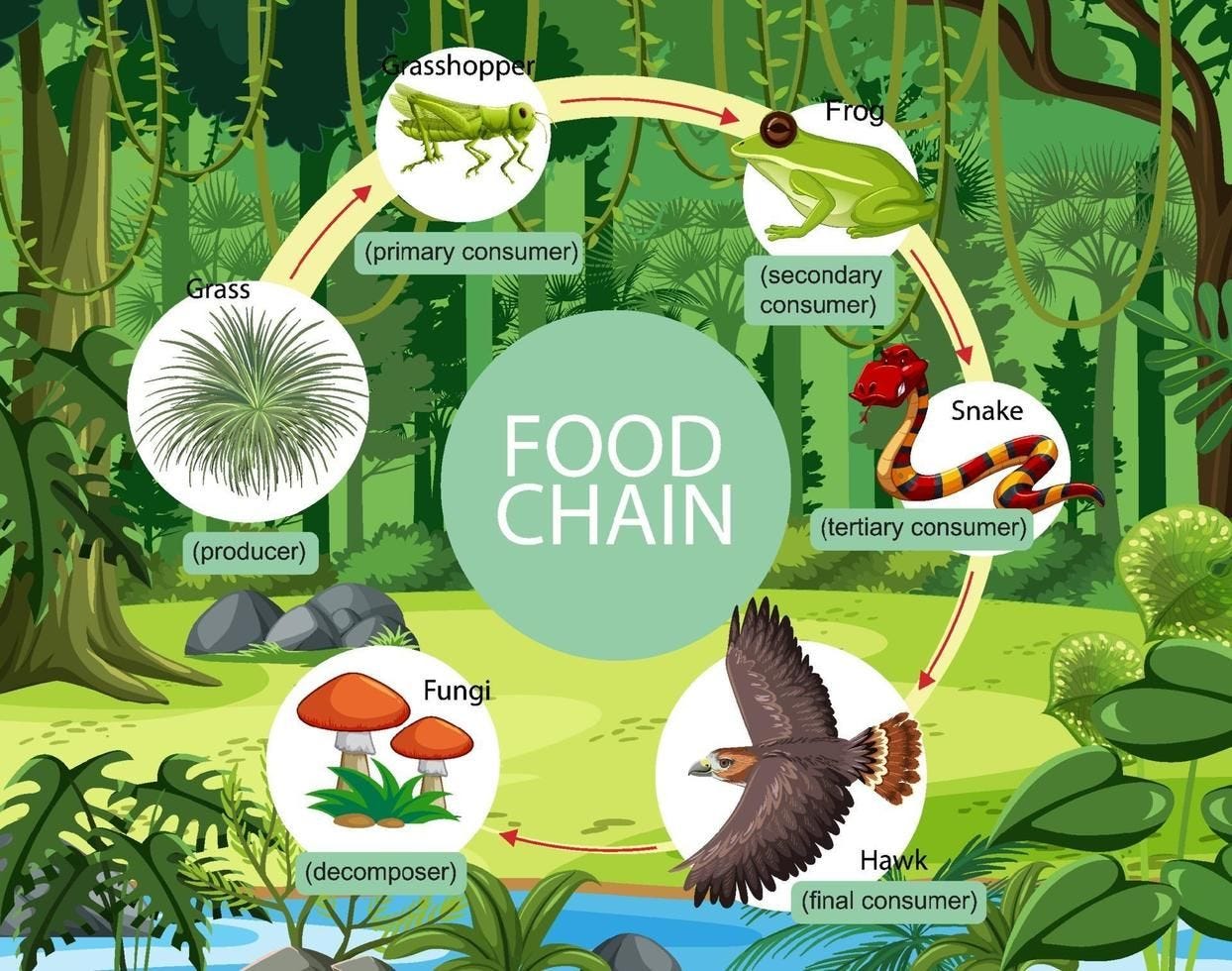
Paearu Angitu / Success Criteria: I can/have...
- I can identify what animals eat
- I can identify what might eat a particular plant or animal
- I can draw/represent a food chain with the arrows pointing the correct way
- I understand what producers, primary and secondary consumer
- I can use key vocabulary - carnivore, herbivore, omnivore, predator and prey
- I can accurately describe a complete food chain
Hei Mahi / Activities:
- Food chain experiment
- Ngāhere visit to observe ecosystem
Week 8 :
You are at CAMP. Have fun!!
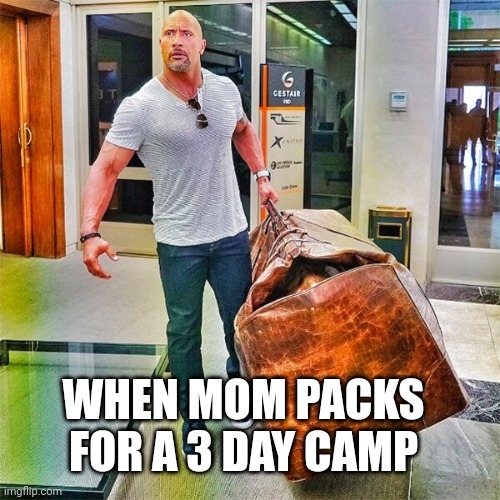
-
Enter text here...
PLAN & DO / WHAKAMAHI learning intentions:
- We are PLANNING... to construct a food web from our collected data so that we can... visually present how an ecosystem requires support from all the things living in it
Enter text here...

You are working on your science and Maths Assessment for the next 2 weeks. You should have collected data from Camp, otherwise we will be pulling this out in Wānanga Wednesday if you didn't manage to do this.
Link for your assessment is up at the top of MHOL. Please turn your work on here AND Google classroom
-
Enter text here...
REFLECT / WHAIWHAKAARO learning intentions:
- We are REFLECTING and critiquing the purpose of the movie Lorax and identifying the problems/issues here and how it relates to our learning. We are looking at the implications in this movie and using this to assess what is currently happening in our own local community and how we can challenge others to improve the habitats of living organisms and their ecosystems.
Enter text here...

Kia ora...
Paearu Angitu / Success Criteria: I can/have...
- Understand how the movie lorax relates to our topic of Ecology
- Reflect on the concepts shown in the movie and link it to our learning
Hei Mahi / Activities:
- Brainpop activity ( on Monday - relief)
- Lorax movie and worksheet - Wednesday and Thursday
- If time - Magic school bus

-
Enter text here...
EXPLORE / TŪHURA learning intentions:
- We are EXPLORING our context of Kaitiakitanga through Tātai Arorangi ( Astronomy) and organising the different planets in our Solar System in order from the sun and connecting the placement of these to why our planet is the only one so far that we are able to live in.
Enter text here...
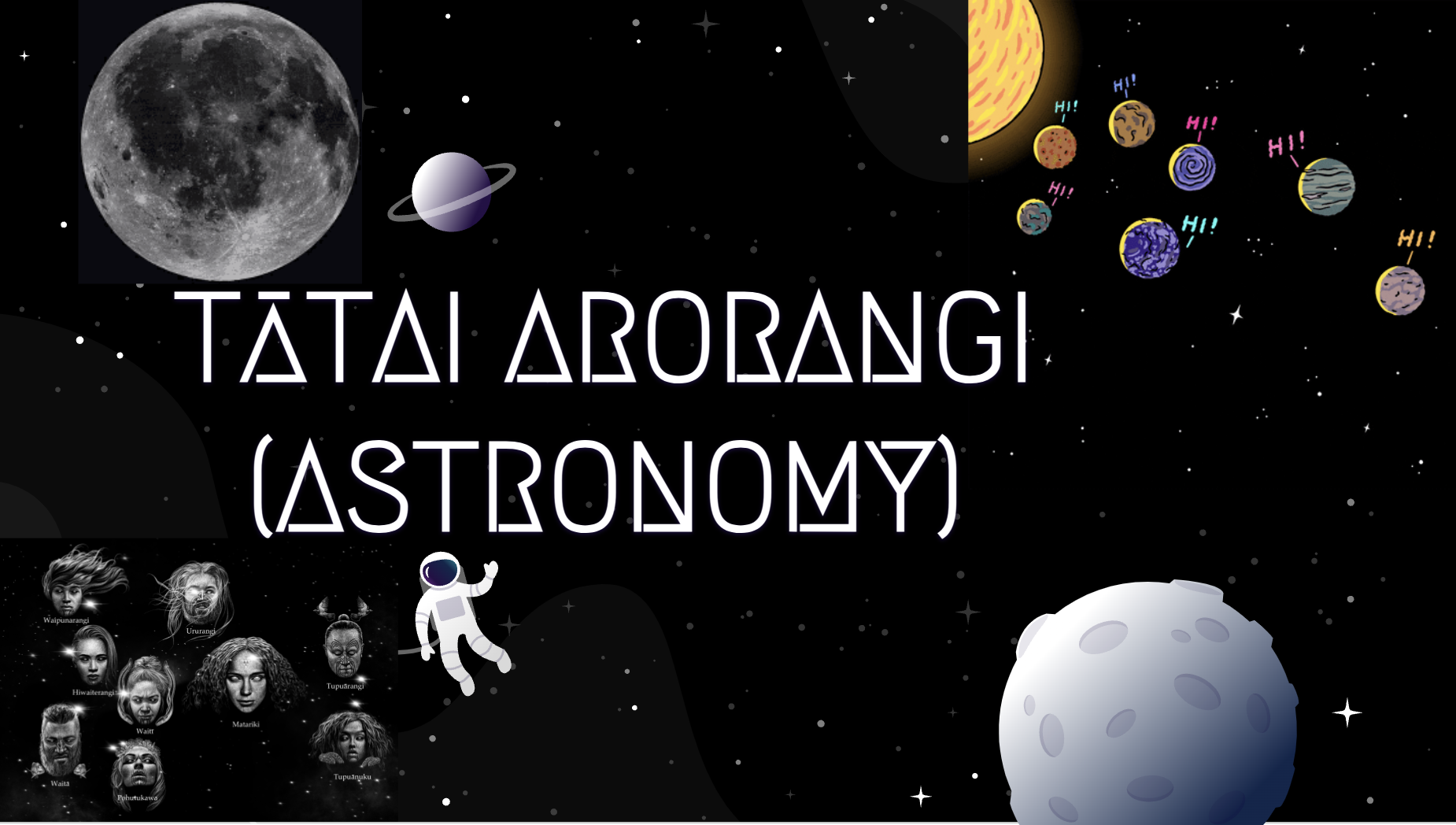
Kia ora Yr 7s!! This term, our context is Kaitiakitanga
Paearu Angitu / Success Criteria: I can/have..
Identify the different objects and information about what’s in the solar system
To name the planets in our solar system and their order
Identify the planets in our Solar System.
Describe a planet in our Solar System.
Hei Mahi / Activities:- Creating a MNEMONIC to identify the order of planets in our solar system
- Trip to the movies to watch 'The Mountain' and discuss how this shows kaitiakitanga
-
Enter text here...
EXPLORE / TŪHURA learning intentions:
- We are EXPLORING our context of Kaitiakitanga through Astronomy and observing the difference phases of the moon and recognising these.
- We are EXPLORING our context of Kaitiakitanga through Astronomy and organising the maramataka (Māori lunar calendar) according to times of seasonal harvesting, fishing etc.
- We are EXPLORING our context of Kaitiakitanga through Astronomy by researching on the life cycle of stars, connecting this to the matariki star cluster, looking at the day/night cycles and seasons and connecting this to the placement of components within the solar system
Enter text here...

Paearu Angitu / Success Criteria:
I can/have...
- Describe the surface of the moon + describe how meteorites have created these features
- Compare cultural stories + myths to learn how different cultures have their own interpretation of the moon's appearance
- Brainstorm + write a moon myth
- Identify + describe the phases of the moon (new moon, waxing moon, half moon, waning moon, full moon)
- Make connections between the moon phases and the calendar month
Hei Mahi / Activities:
- Literacy activities: Read "Night Light" article to uncover basic moon facts, "Manned Missions" reading passage to identify locations of landed Apollo missions, write our own moon myths
- Practical: investigate how meteorites of different sizes have affected the moon's surface,
- Hands-on: moon phases with oreos, role play to make moon phases
- Digital activities: BrainPop "Moon Phases" - video, quiz, challenge + 2 related readings
- Class notes: Google Slides
-
Enter text here...
EXPLORE / TŪHURA learning intentions:
- We are EXPLORING our context of Kaitiakitanga through Astronomy and observing the difference phases of the moon and recognising these.
- We are EXPLORING our context of Kaitiakitanga through Astronomy and organising the maramataka (Māori lunar calendar) according to times of seasonal harvesting, fishing etc.
- We are EXPLORING our context of Kaitiakitanga through Astronomy by researching on the life cycle of stars, connecting this to the matariki star cluster, looking at the day/night cycles and seasons and connecting this to the placement of components within the solar system

Kia ora...
Paearu Angitu / Success Criteria: I can/have...
- Identify the different phases of the moon
- Understand what causes tides and why sea levels change between high and low tides
Hei Mahi / Activities:
- Observing the different phases of the moon in our local area and charting these down
- Creating a tidal chart based on the different tides in the moana and linking this to the different phases of the moon
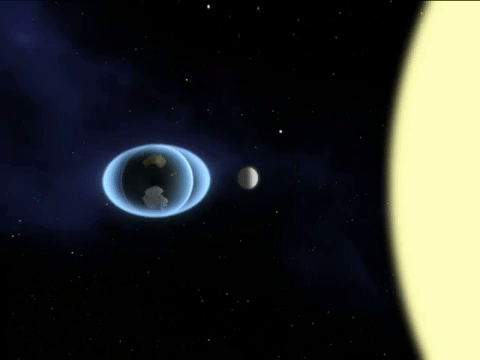
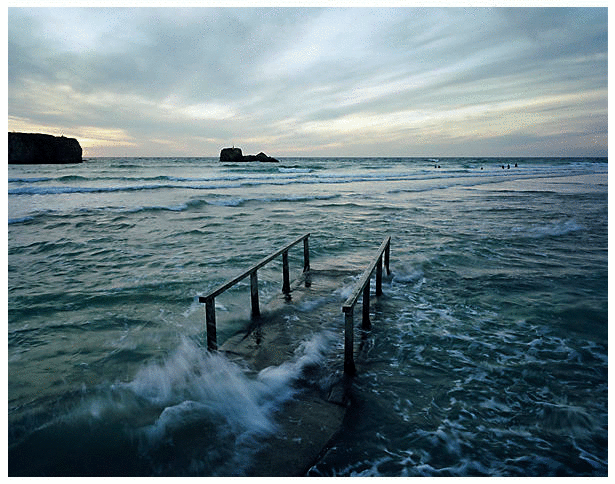
-
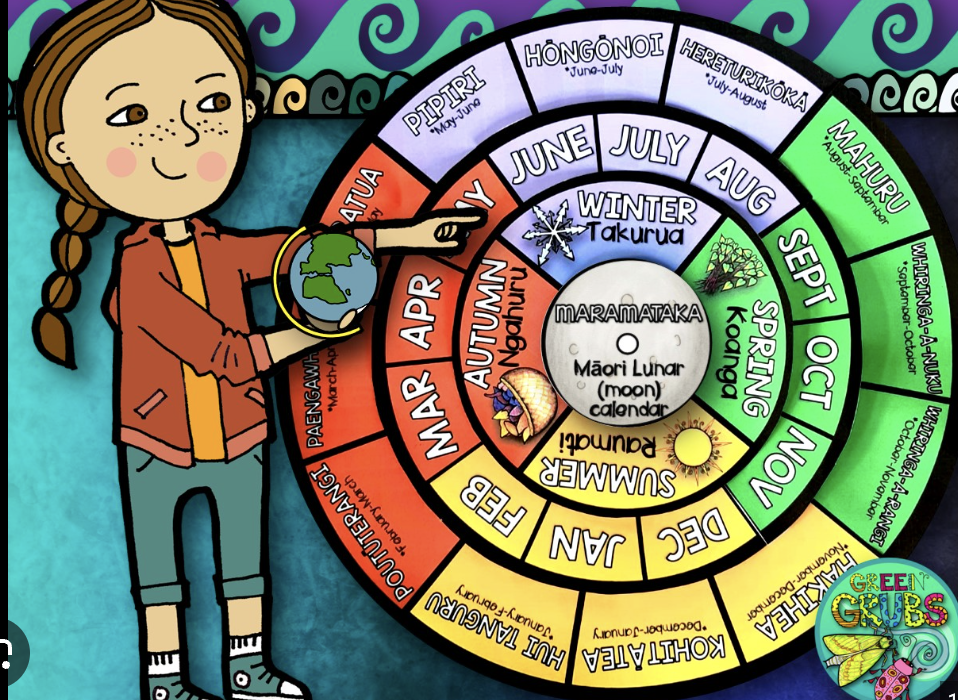
EXPLORE / TŪHURA learning intentions:
- We are EXPLORING our context of Kaitiakitanga through Astronomy and observing the difference phases of the moon and recognising these.
- We are EXPLORING our context of Kaitiakitanga through Astronomy and organising the maramataka (Māori lunar calendar) according to times of seasonal harvesting, fishing etc.
- We are EXPLORING our context of Kaitiakitanga through Astronomy by researching on the life cycle of stars, connecting this to the matariki star cluster, looking at the day/night cycles and seasons and connecting this to the placement of components within the solar system
Paearu Angitu / Success Criteria: I can/have...
Describe what maramataka is and how this is linked to the moonphases
Be able to independently search for answers ( with guidance) to find out what stars are, life cycle of stars, moon phases, day and night cycles and seasons.
Hei Mahi / Activities:
- Maramataka dial chart
- Seasons experiment
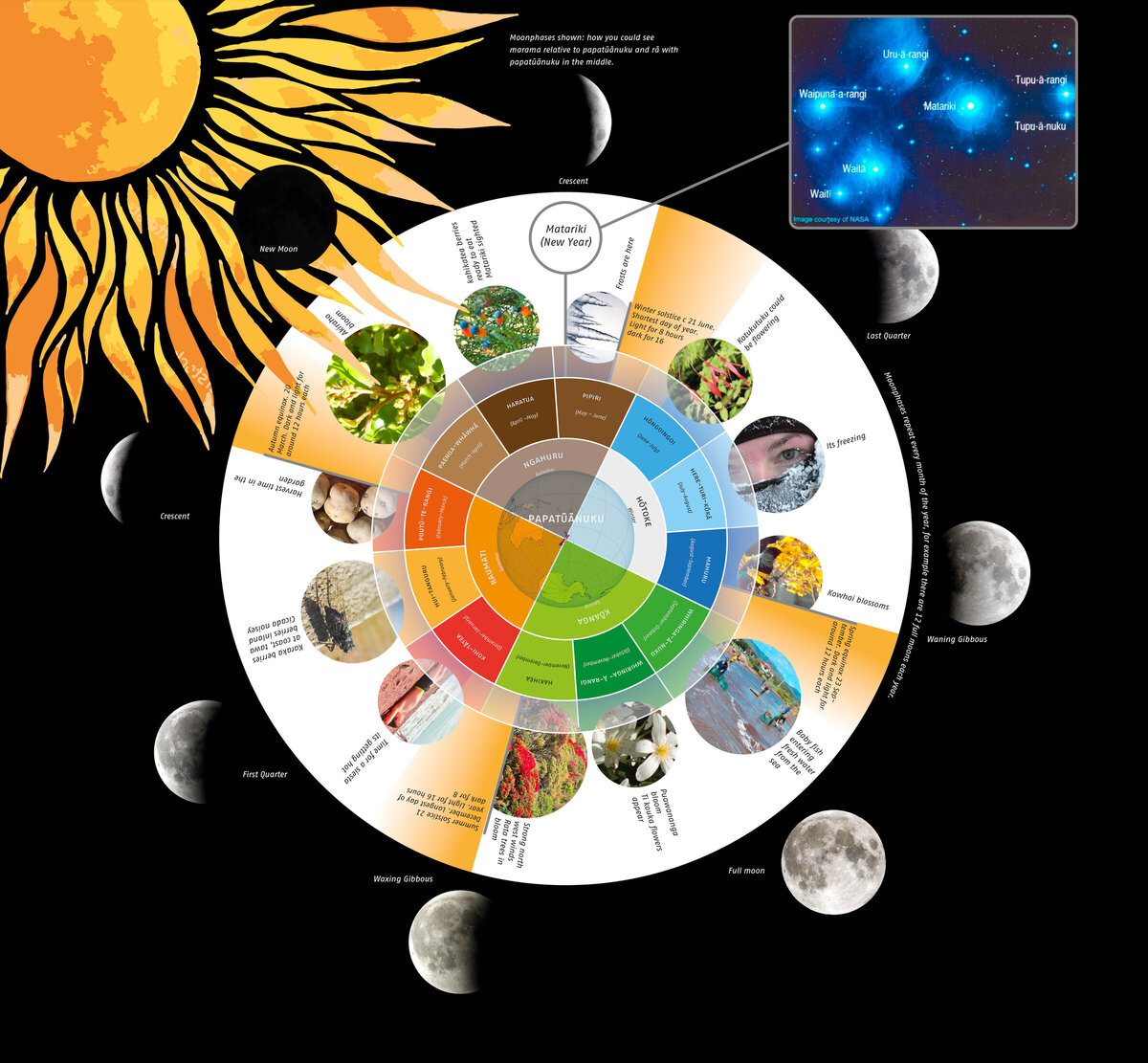
-
Enter text here...
PLAN & DO / WHAKAMAHI learning intentions:
- We are PLANNING to construct a jello plant and animal cell using various candy so that we can demonstrate our understanding of the plant and animal cells, key organelles and its functions.
- We are PLANNING to apply our learning of planting and taking care of papatuanuku through kaitiakitanga so that we can learn how to hypothesise how our plants will grow in different conditions.
Enter text here...

Kia ora...
Paearu Angitu / Success Criteria: I can/have...
Understand what photosynthesis is
Describe the basic structure of chloroplast
Practise writing a scientific aim
Understand what dependent and independent variables are
Hei Mahi / Activities:
- Cell comic activity
- Jelly animal and plant cells
- Job descriptions for cell parts ( CANVA activity)
Mahi Kāinga / Homework:
Brain pop activities assigned

-

Week 10 plan for the week is as follows:
Tuesday: Complete results and graph for mung bean experiment
Wednesday: Colour changing flower experiment and worksheet
Thursday: Activity options on google classroom as per screenshot below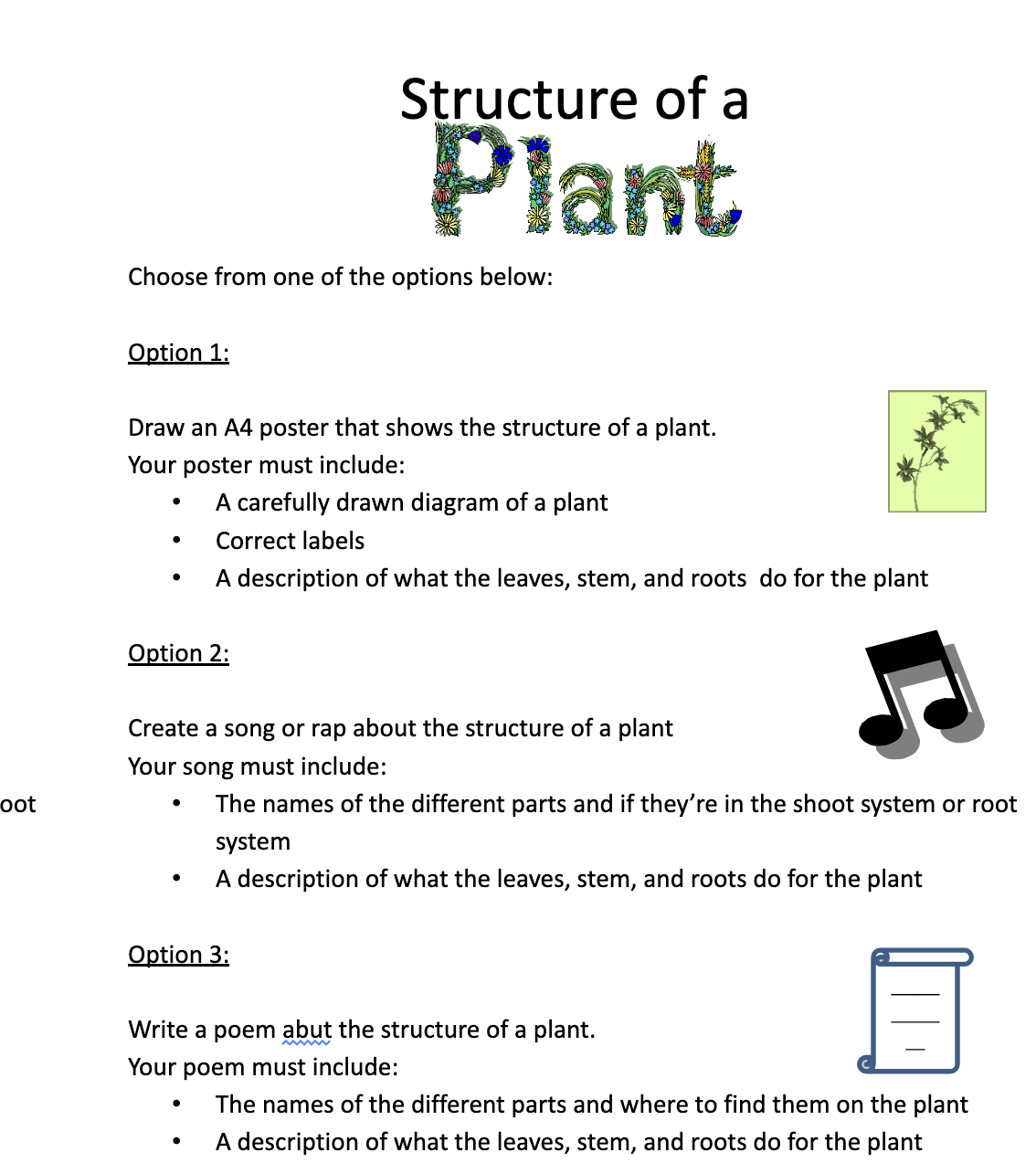
Kia ora...
Paearu Angitu / Success Criteria: I can/have...
Microscope : How to use this correctly
Observing a plant under the microscope
Understanding the difference between plant and animal cells.
Hei Mahi / Activities:
- Microscope skills
- Colour changing flower
- Observing plant transpiration
-
Enter text here...
EXPLORE / TŪHURA learning intentions:
- We are EXPLORING our context of Tupuānuku and Tupuārangi by observing the designs of gliders, manu tukutuku and wakas to investigate how different forces help them move.
- We are EXPLORING Tupuārangi by researching on different Māori scientists Polynesian wakas and connecting this to our learning in physics
- We are EXPLORING Tupuārangi by investigating how friction and air resistance help wakas, gliders and manu tukutuku
Enter text here...
Welcome back Yr 7s! This term our context is 'Tupuānuku and Tupuārangi'. In science we will be focusing on Tupuārangi - birds, and specifically how they fly ( wing design, principles of flight etc.
Over the next few weeks you should be able to:
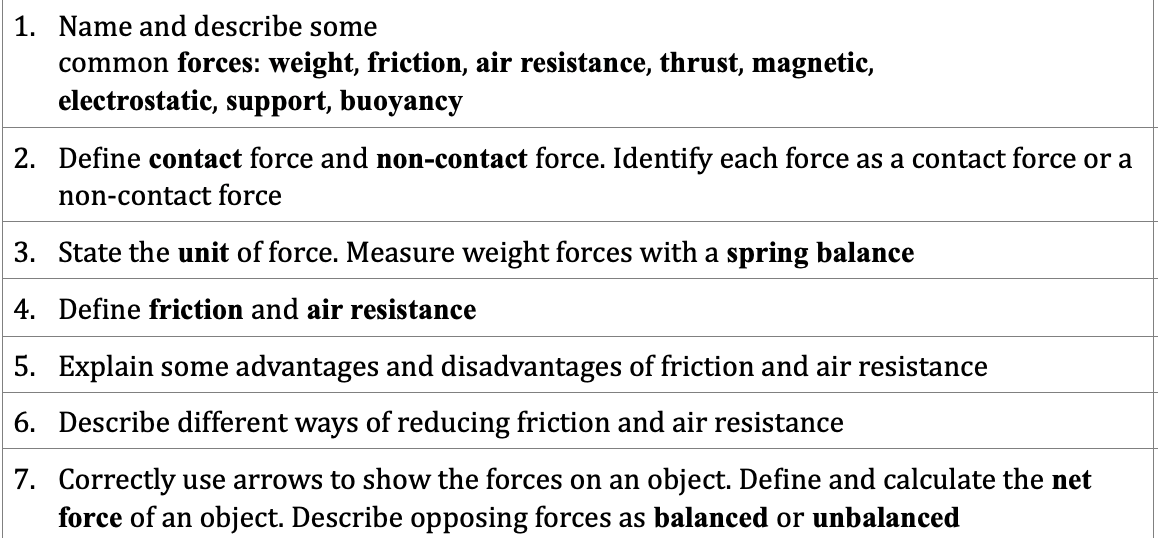
Key words: forces, friction, air resistance, thrust, magnetic, electrostatic, support, buoyancy, contact and non-contact forces, newtons, balance and unbalanced , Newtons laws.
Key words linked to context: waka hourua, waka taua, waka tētē, waka tīwai, waka ama
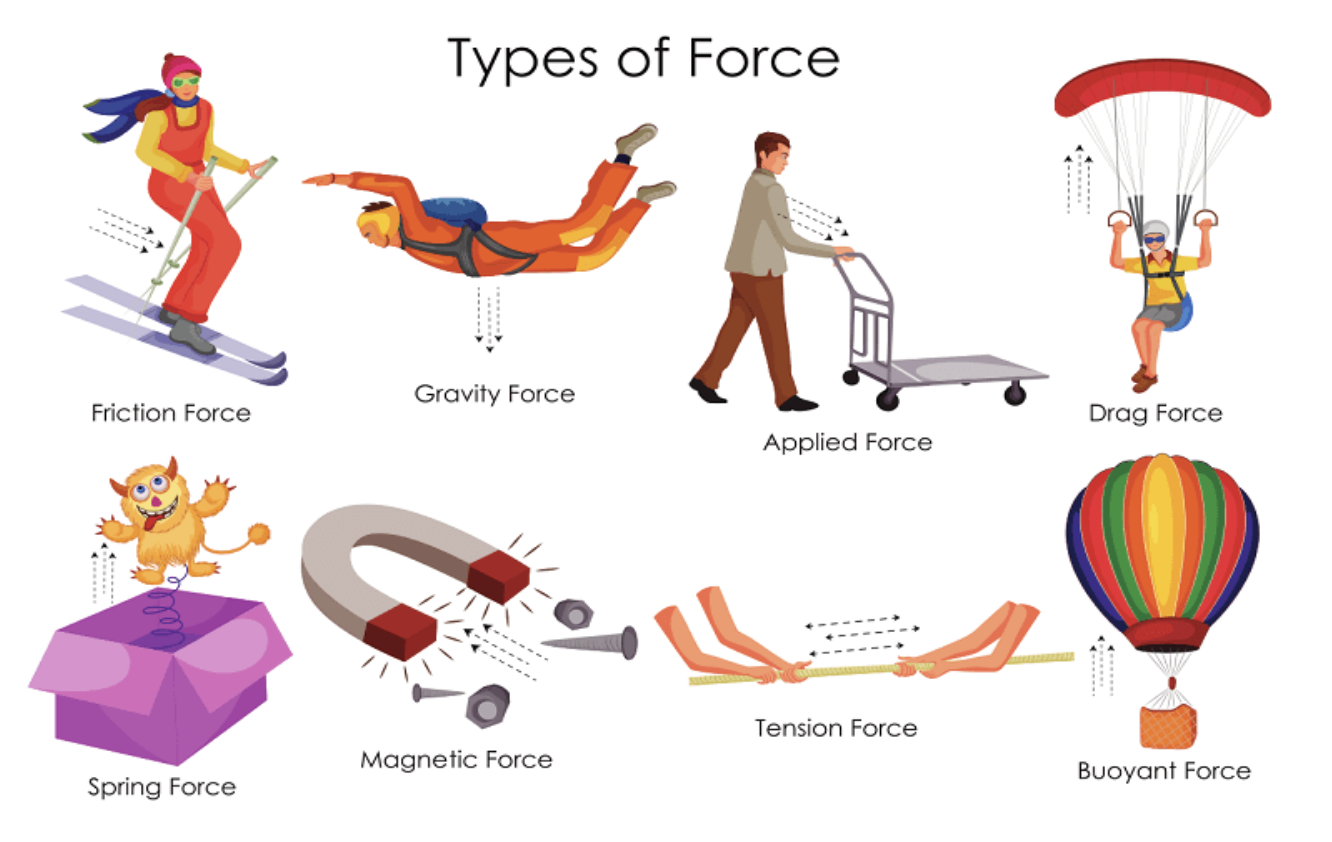
Activities and experiments over the next few weeks:
1. Contact and non-contact forces - rotation station
2. Brainpop activities and scientific literacy ( this will be on Google classroom)
3. Observing electrostatic forces
4. Waka designs ( looking at some examples from the art department) and designing your own within your groups
- Researching on waka and traditional Polynesian canoes , testing buoyancy of different objects
5. Glider design and creation ( in tech) which we will use in science to explain the physics concepts through.
6. Newton's Laws - experiment
7. Parachute and kite design and looking at variables that affect this.
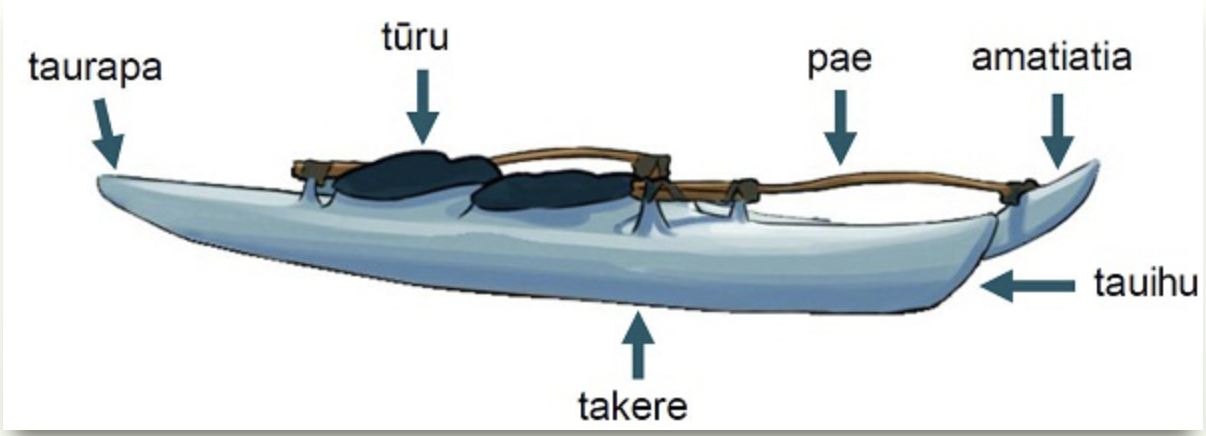
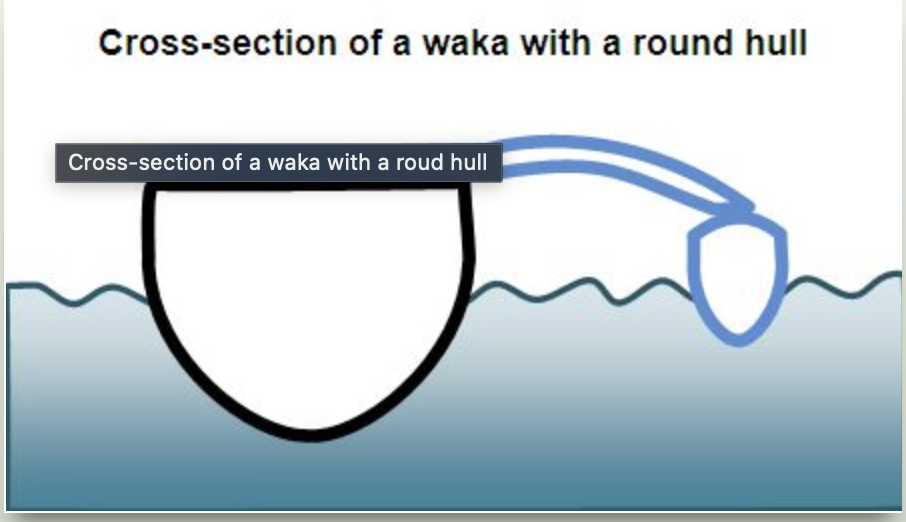
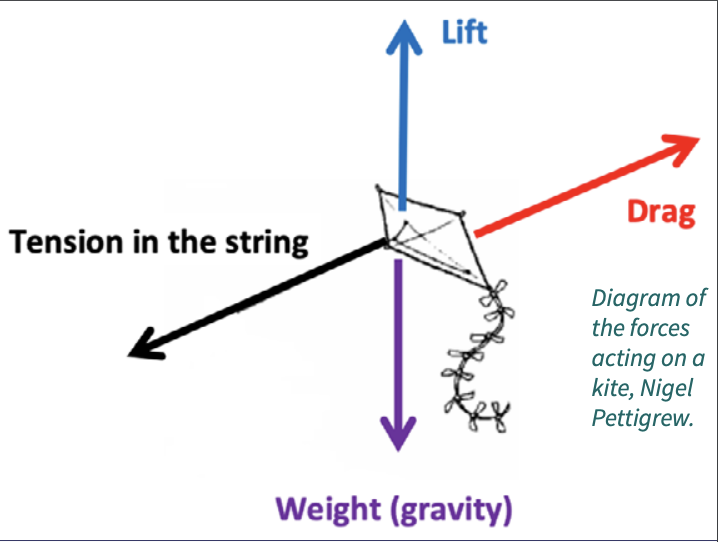
-
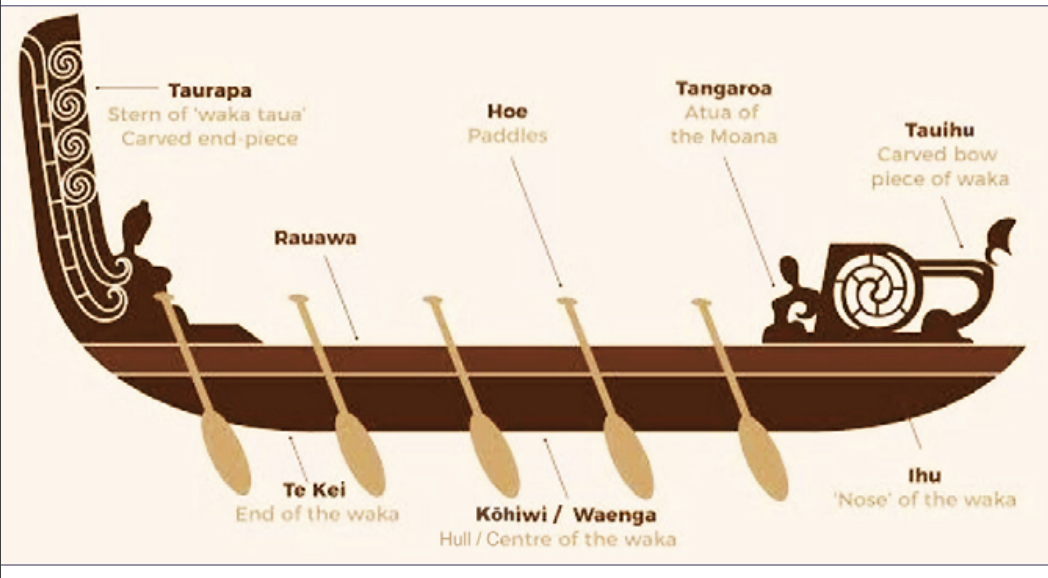
Kia ora,
Paearu Angitu / Success Criteria: I can/have...
- I can identify key parts of the waka and their functions
- choose materials for my waka kōrari that make it easy for the waka to float
- make a waka kōrari
- include in the design of my waka kōrari items that make the waka stable in the water.
Hei Mahi / Activities:
- Design your own waka
- Hourua article and activity
.
